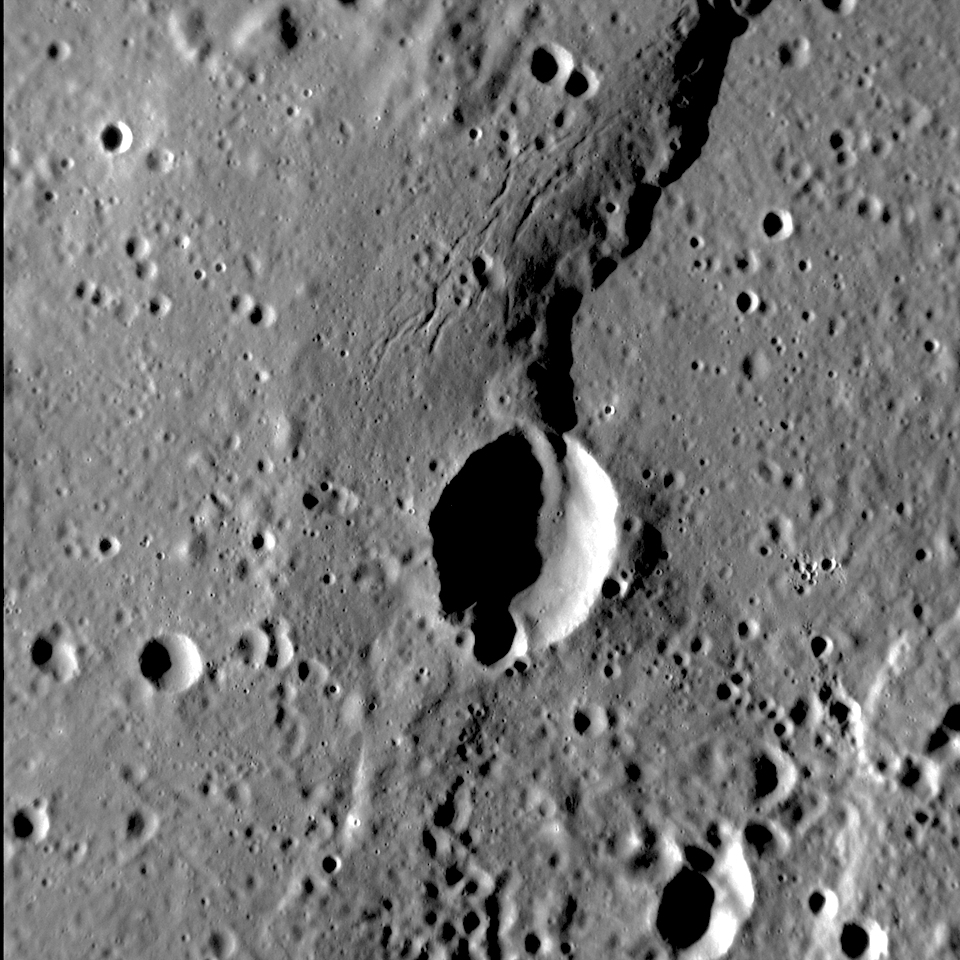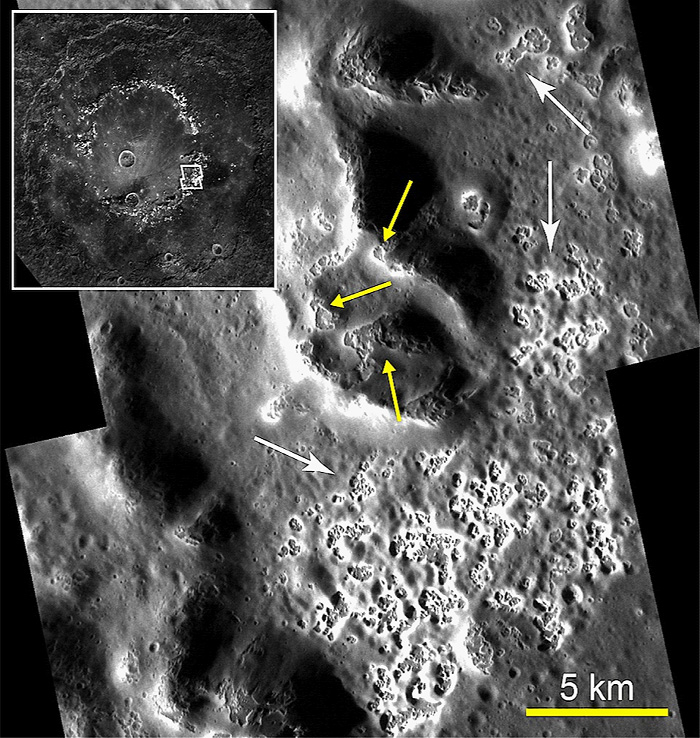Year: 2014
Tremors of the Big Bang? | Space News
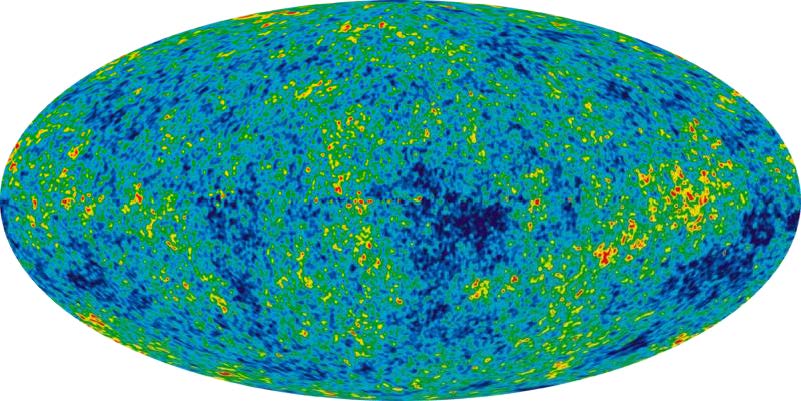
Scientists working with the BICEP2 telescope have claimed to discover the first direct evidence of cosmic inflation, a process of radical expansion believed to have occurred after the theoretical Big Bang explosion. Based on data from the cosmic microwave background the team also claims to have confirmed the existence of…
Paramagnetic Planet
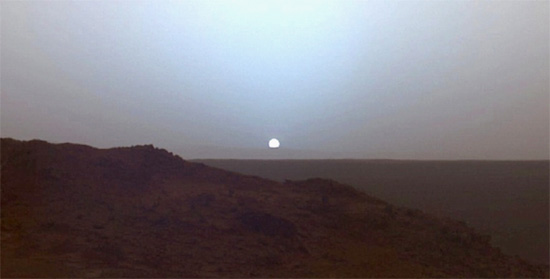
Apr 17, 2014 A new mission designed to study the Sun’s electrical relationship with Mars will soon be launched. Sometime in the morning a few months from now, between November 18 and December 7, 2013, NASA will launch the Mars Atmosphere and Volatile Evolution Mission. Otherwise known as MAVEN, the project…
Lunar Mascons

Apr 16, 2014 What caused the mass concentrations on the Moon? Consensus scientific theories postulate that the Moon experienced extreme selenological activity early in its history. Cataclysmic devastation occurred at some time in the past. Giant craters, wide and deep valleys, and multi-kilometer long rilles crisscross its surface. The…
Mercury’s Heritage
Predicting CMEs
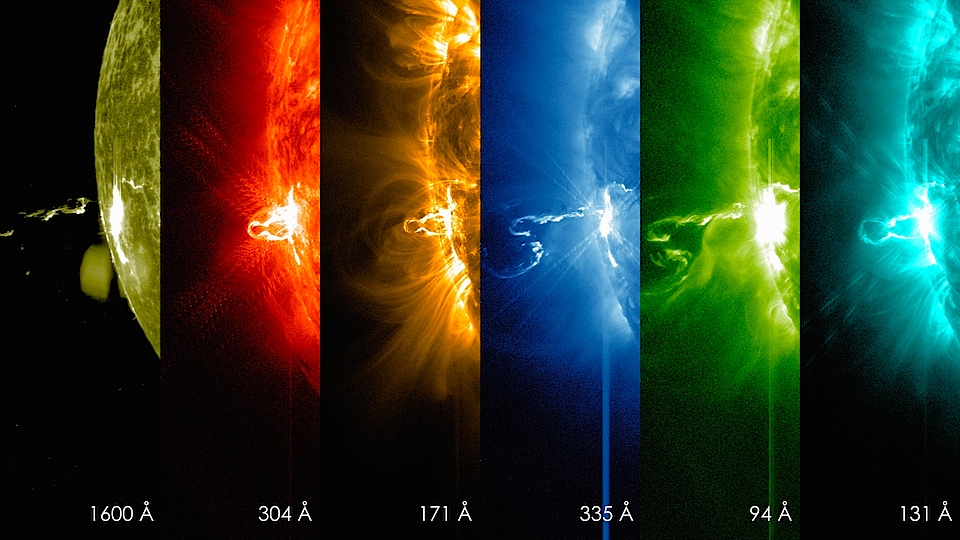
Apr 14, 2014 Are coronal loops coronal mass ejection precursors? Professor Donald Scott’s The Electronic Sun theory shows that the phenomena observed on the Sun are electrical in nature. Sunspots, solar flares, anomalous coronal heating, and coronal mass ejections (CMEs) on the Sun occur because of changes in the electrical supply…
I’m Singeing in the Rain

Apr 11, 2014 Ionic rain from Saturn’s rings. Saturn’s plasmasphere is an electrical environment, causing everything from dark-mode plasma discharges to lightning bolts that flash across the ring plane. When Cassini entered orbit around the giant planet, mission specialists were shocked to discover lightning of immense power, up to a million times more powerful than…
Troy’s Daughter
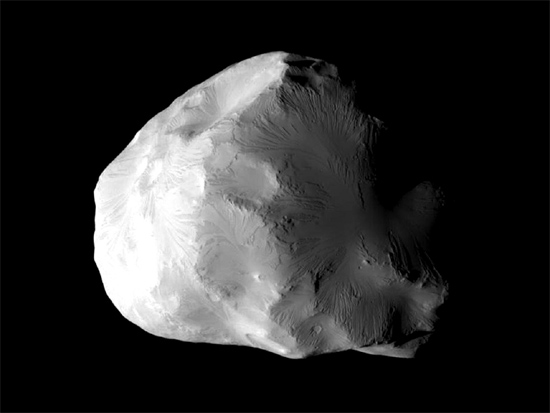
Apr 10, 2014 Can the surface of a tiny moon help to explain the mysterious geography of Mars? In an Electric Universe, the charged moons and the charged rings around Saturn are alternately repelling and attracting each other as they move through the gas giant’s plasma sheath. Electric discharges from…
La Grasa Oscura
Burned-In

Apr 08, 2014 Enceladus continues to confirm the electrical nature of its topography. Saturn’s moons are difficult to categorize, let alone explain. As previous Picture of the Day articles point out, they vary in composition, orbital inclination, size, and mass. With 61 moons now identified, Saturn appears more like a miniature…





